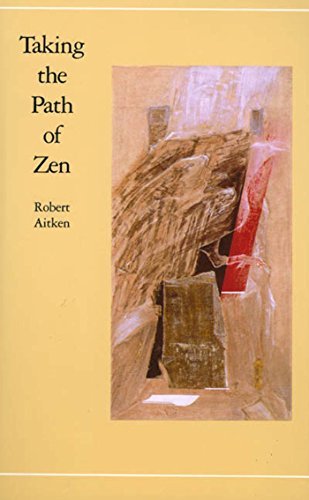What do you think?
Rate this book


166 pages, Kindle Edition
First published January 1, 1982
Recent studies shows that carrots and cabbages show responses to being cut or uprooted.
The Sangha is, in fact, the kinship of all things, every entity of this universe and of all universes, past, presente, and future, in endless dimensions.